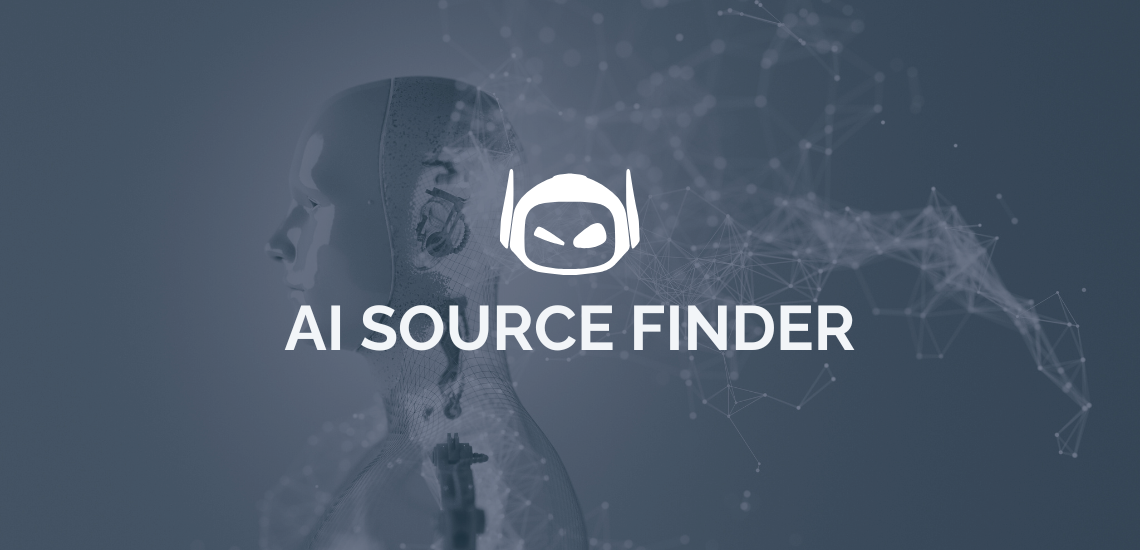
Looking for ways to simplify your research process? You’re in...
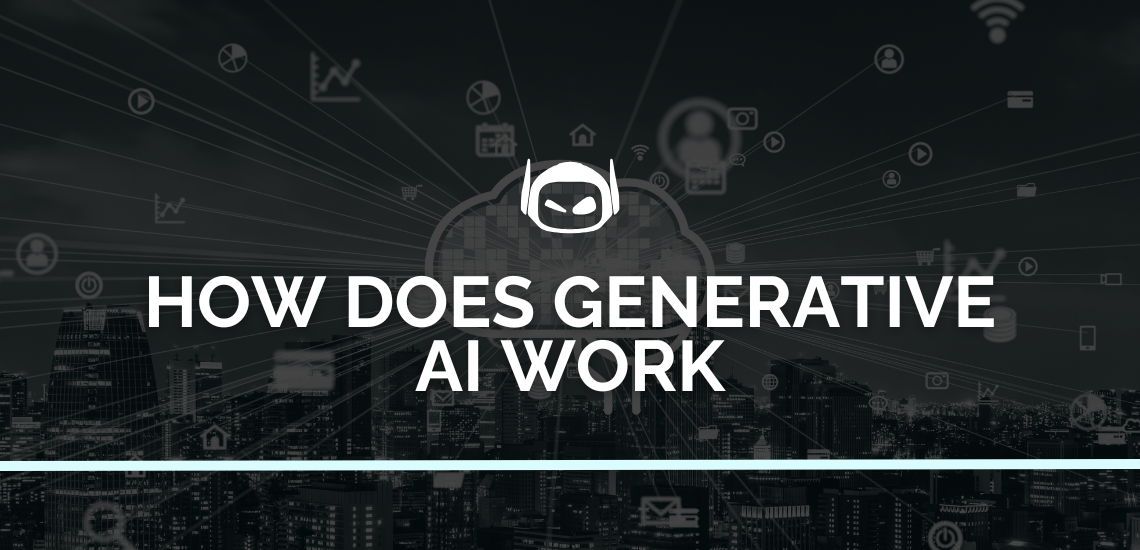
General Guide About Content and Writing
Generative AI models have evolved rapidly in the past few...
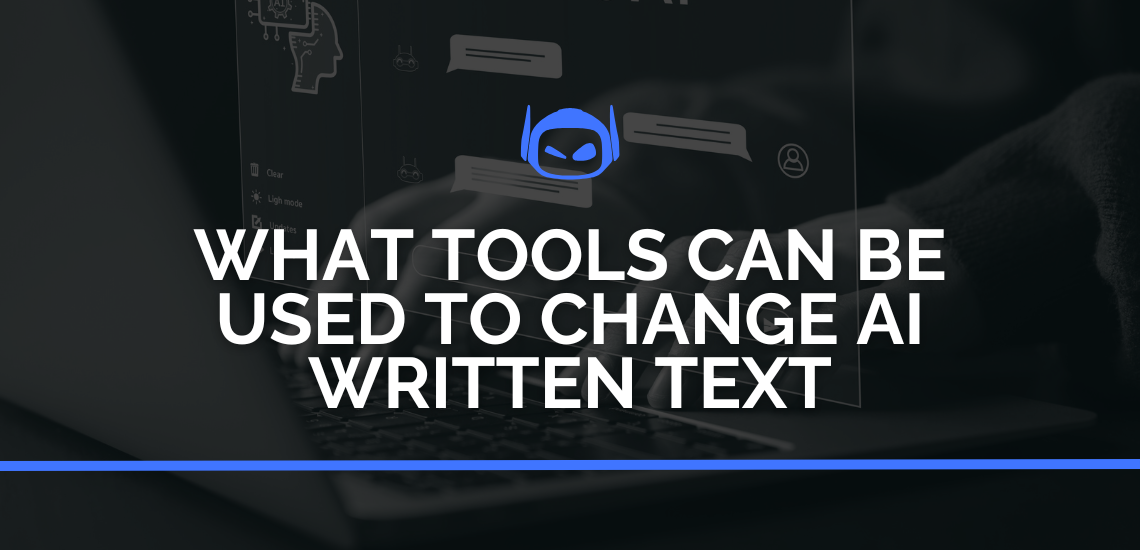
General Guide About Content and Writing
In some instances, your AI content generation tools may not...

Did you receive an assignment that requires Harvard referencing, and...
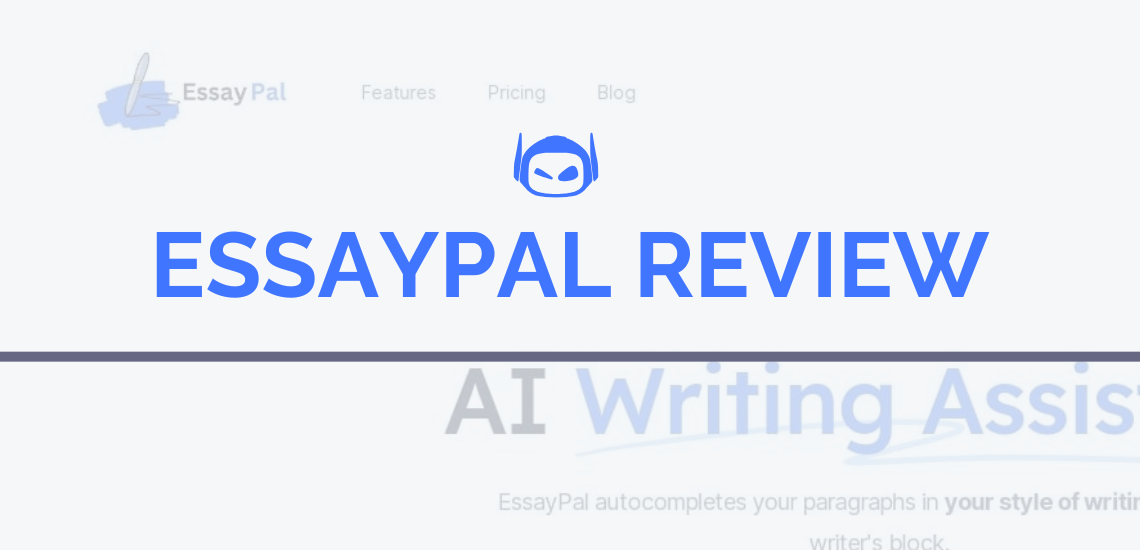
General Guide About Content and Writing
Sometimes you might feel your academic writing needs a little...
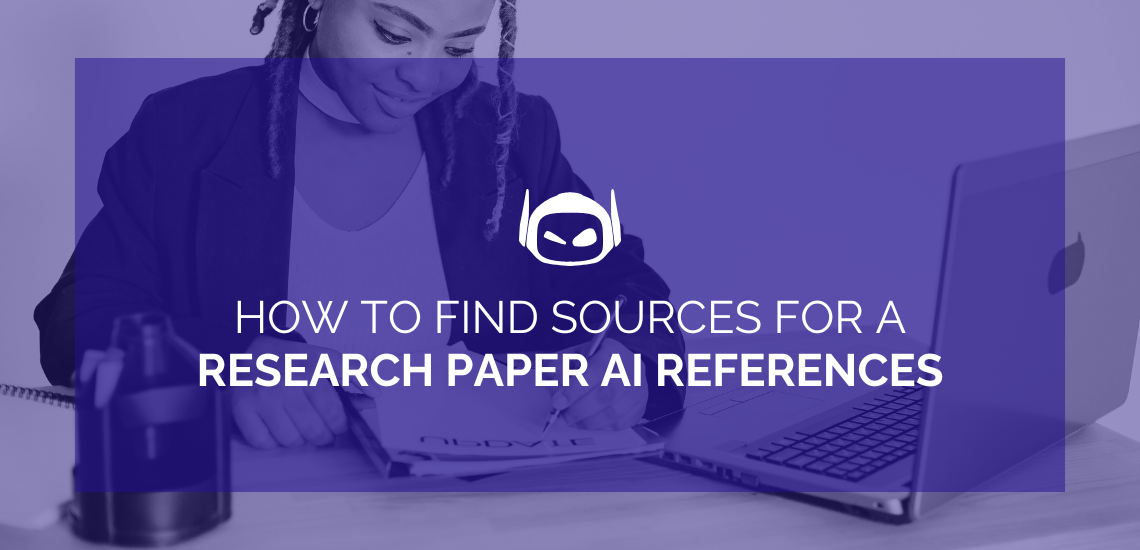
General Guide About Content and Writing
It doesn’t matter if you’re writing a key piece of...

Writing a COVID-19 essay involves gathering facts and presenting them...
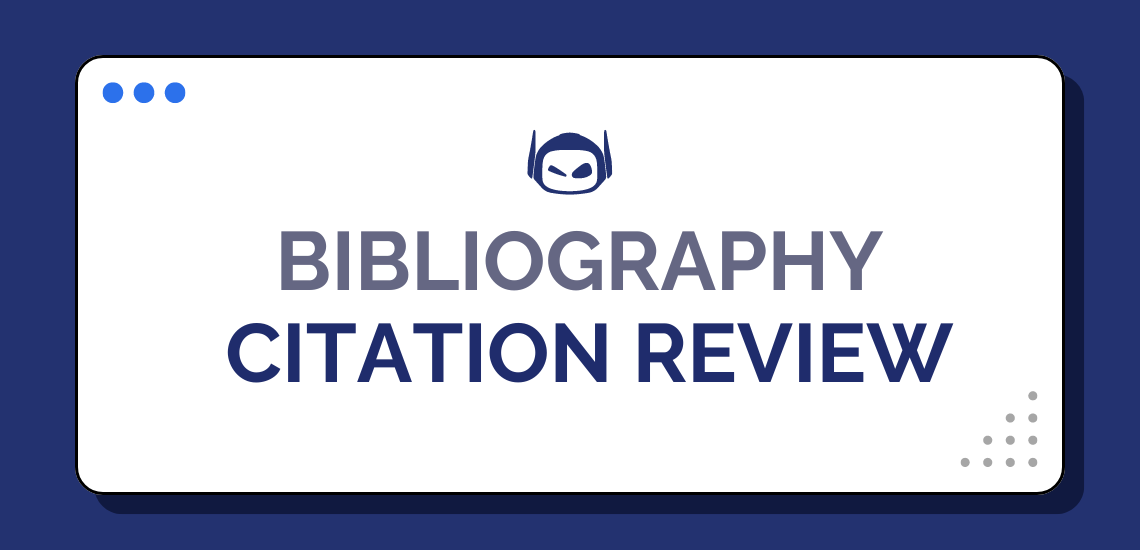
General Guide About Content and Writing
Bibliography citation review programs are also known as reference or...
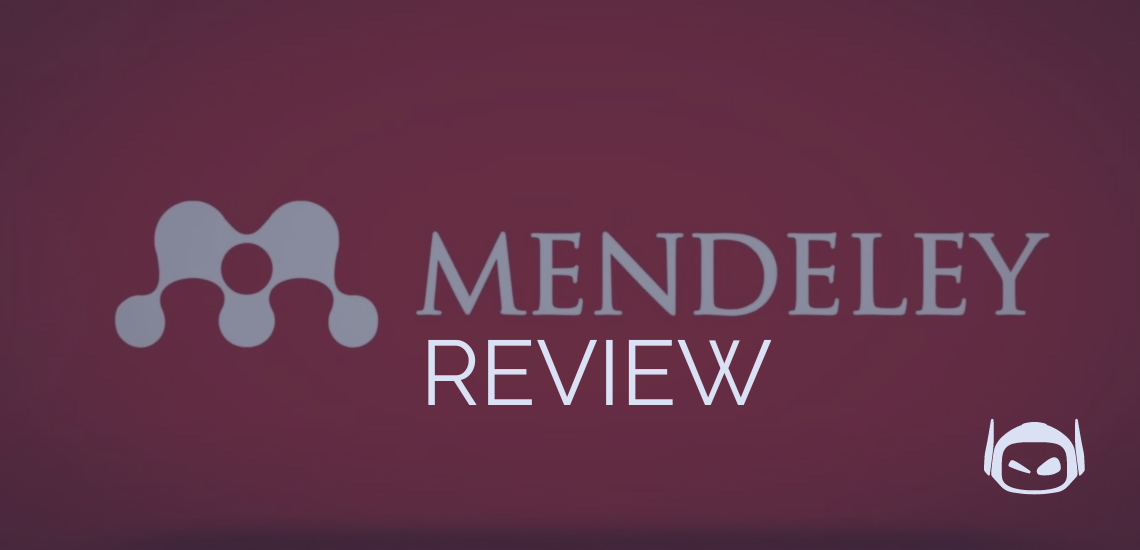
General Guide About Content and Writing
Professors and students alike use reference management software. When they’re...

General Guide About Content and Writing
AI in EdTech is advancing at a rapid pace, and...